British Royal Navy, French Navy and German Kriegsmarine at the beginning of World War II in September 1939.
Part I: Ships and deployment of Royal Navy and French Navy.
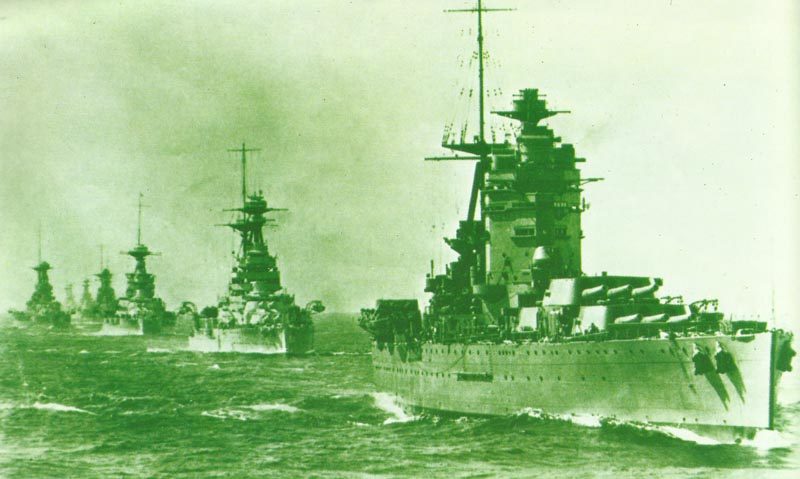
Overview of the major naval fleets of World War II
Table of Contents
United States Navy
– Pacific Fleet:
– Area: Pacific Ocean, against Japan
– Main Bases: Pearl Harbor, San Diego, later forward bases (e.g., Ulithi, Guam)
– Notable Task Forces: Task Force 58 (fast carrier force), Task Force 38
– Key Battles: Pearl Harbor, Midway, Coral Sea, Leyte Gulf
– Atlantic Fleet:
– Area: Atlantic Ocean, against Germany and Italy
– Main Bases: Norfolk, New York, Bermuda
– Key Roles: Convoy escort, anti-submarine warfare, amphibious operations (D-Day, North Africa)
Royal Navy (United Kingdom)
– Home Fleet:
– Area: North Sea, Atlantic
– Main Base: Scapa Flow
– Role: Defense of British Isles, blockade of Germany
– Mediterranean Fleet:
– Area: Mediterranean Sea
– Main Bases: Alexandria, Gibraltar, Malta
– Key Battles: Taranto, Cape Matapan
– Eastern Fleet:
– Area: Indian Ocean, Far East
– Main Base: Trincomalee (Ceylon/Sri Lanka)
– Role: Defense against Japanese advances
– Atlantic Fleet:
– Role: Convoy protection, anti-submarine warfare
Imperial Japanese Navy
– Combined Fleet (Rengō Kantai):
Main operational fleet, comprising:
– First Fleet: Battleships
– Second Fleet: Cruisers, destroyers
– Third Fleet: Aircraft carriers (Kido Butai)
– Other fleets: Submarine, China Area, etc.
– Key Bases: Kure, Yokosuka, Truk
– Key Battles: Pearl Harbor, Midway, Philippine Sea, Leyte Gulf
Kriegsmarine (Germany)
High Seas Fleet:
– Area: North Sea, Atlantic
– Main Bases: Wilhelmshaven, Kiel
– Key Units: Surface raiders (Bismarck, Tirpitz), U-boat arm (U-Bootwaffe)
– Main Role: Commerce raiding, blockade running, U-boat warfare
Soviet Navy
– Northern Fleet: Arctic and Barents Sea
– Baltic Fleet: Baltic Sea
– Black Sea Fleet: Black Sea
– Pacific Fleet: Far East
– Roles: Coastal defense, supporting Red Army, convoy escort
Regia Marina (Italy)
– Main Areas: Mediterranean Sea
– Bases: Taranto, La Spezia
– Key Battles: Taranto, Cape Matapan
– Role: Challenge Royal Navy in Mediterranean
Marine Nationale (France)
– Before 1940: Major fleet in Mediterranean and Atlantic
– After 1940: Some ships joined Allies (Free French), others scuttled or used by Axis
The fleets in September 1939 with ship classes, ships under construction and deployment of the Royal Navy, French and German navies:
ROYAL NAVY
The British Royal Navy is the United Kingdom’s naval warfare force and one of the oldest and most historically significant navies in the world. It has played a crucial role in the development of the British Empire and in global maritime history.
Overview
– Founded: Traditionally dated to 1546 during the reign of King Henry VIII, though naval forces existed before this.
– Role: Protecting the United Kingdom’s interests at sea, securing maritime trade routes, power projection, and participating in international military operations and humanitarian missions.
– Headquarters: Portsmouth, England.
– Motto: *“Si vis pacem, para bellum”* (If you want peace, prepare for war).
Historical Significance
– The Royal Navy was the world’s dominant naval force from the late 17th century until the mid-20th century.
– It played a key role in establishing and maintaining the British Empire, often referred to as “Britannia rules the waves.”
– Famous for victories such as the defeat of the Spanish Armada in 1588 and the Battle of Trafalgar in 1805 under Admiral Horatio Nelson.
– Instrumental in both World Wars, securing Atlantic supply lines and engaging enemy fleets.
Modern Role and Capabilities
– The Royal Navy today is a technologically advanced force, operating aircraft carriers, submarines (including nuclear-powered ballistic missile submarines), destroyers, frigates, amphibious assault ships, and various support vessels.
– It is part of the UK’s Armed Forces and works alongside the Royal Air Force and British Army.
– The Navy plays a role in NATO operations, international coalitions, and maritime security efforts worldwide.
Key Components
– Surface Fleet: Includes aircraft carriers (e.g., HMS Queen Elizabeth), destroyers, frigates, and patrol vessels.
– Submarine Service: Operates nuclear-powered submarines, including the Vanguard-class ballistic missile submarines that form part of the UK’s nuclear deterrent.
– Fleet Air Arm: The aviation branch of the Royal Navy, operating helicopters and fixed-wing aircraft from ships.
– Royal Marines: The amphibious infantry force of the Royal Navy, trained for rapid deployment and specialized operations.
Royal Navy in WW2
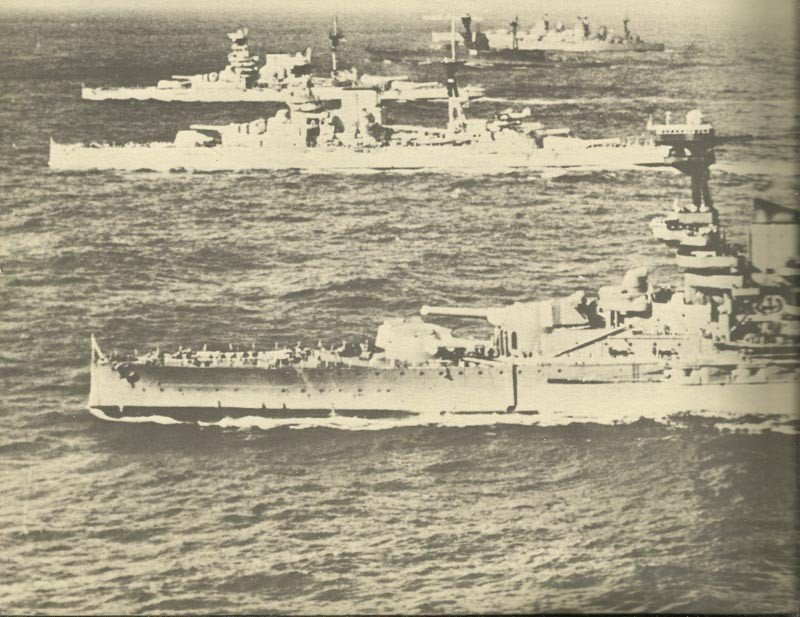
At the beginning of the War, the Royal Navy was the most powerful in the world. It had the largest number of ships and a network of naval bases and coaling stations around the globe.
Before mobilization, the strength of the Navy was 9,762 officers and 109,170 ratings. In January 1939 there were in addition 51,485 men in the Royal Fleet Reserve, 10,038 in the Royal Navy Reserve (mainly serving in the Merchant Navy), 2,049 in the Royal Navy Auxiliary Sick Berth and Wireless Auxiliary reserves, and 6,180 in the Royal Naval Volunteer Reserve.
Royal Navy:
Ship class | Numbers | Ships | Under Construction |
|---|---|---|---|
Battleships | 15 | 2 Nelson, 1 Hood, 2 Renown, 5 Royal Sovereign, 5 Queen Elizabeth | 9 (5 King George V ) |
Aircraft Carriers | 7 | 1 Ark Royal, 2 Courageous, 1 Furious, 1 Eagle, 1 Hermes, 1 Argus | 6 |
Heavy Cruisers | 15 | 2 Exeter, 13 County (2 Australian) | - |
Light Cruisers | 41 | 2 Edinburgh, 8 Southampton, 4 Artehusa, 3 Sydney (Australian), 5 Leander (2 New Zealand), 2 Emerald, 3 Effingham, 8 Despatch, 2 Cardiff, 3 Caledon, 1 Adelaide (Australian) | 9 |
Anti-Aircraft Cruisers | 8 | 8 Cairo | 16 |
Minelayer Cruiser | 1 | Adventure | 1 |
Modern Destroyers | 113 | 24 |
|
Old Destroyers | 68 | - |
|
Modern Submarines | 53 | 11 |
|
Old Submarines | 12 | - |
|
Escorts | 54 | (4 Australian, 2 Indian) | 80 |
Fleet Minesweepers | 44 | 10 |
|
Monitors | 2 | - |
Royal Navy dispositions in European waters in September 1939 were as follows:
Deployment:
Sip class | Home Fleet (Scapa Flow, Admiral Forbes) | North Atlantic Command (Rear-Admiral Wodehouse) | Home Waters | Mediterranean (Alexandria) |
|---|---|---|---|---|
Battleships | 7 | - | 2 | 3 |
Aircraft Carriers | 2 | - | 2 | 1 |
Cruisers | 15 | 2 | 5 | 6 |
Destroyers | 17 | 9 | 65 | 31 + 4 escorts |
Minesweepers | 7 | 2 | 12 | 5 |
Submarines | 21 | 2 | - | 10 |
Escort vessels served worldwide, while a number of ships of all types were undergoing refit, were in reserve, or being used on miscellaneous duties such as training.
Captains commanded battleships, battlecruisers, cruisers and aircraft carriers, which were organized in squadrons of between two and nine ships under a rear-admiral. Eight destroyers, each in the charge of a commander, plus a specially fitted leader commander by a captain, usually comprised a flotilla.
The Fleet Air Arm as it was known went to war with 190 airplanes in aircraft and seaplane carriers; plus spotter float planes mounted on catapults in capital ships and cruisers.
FRENCH NAVY
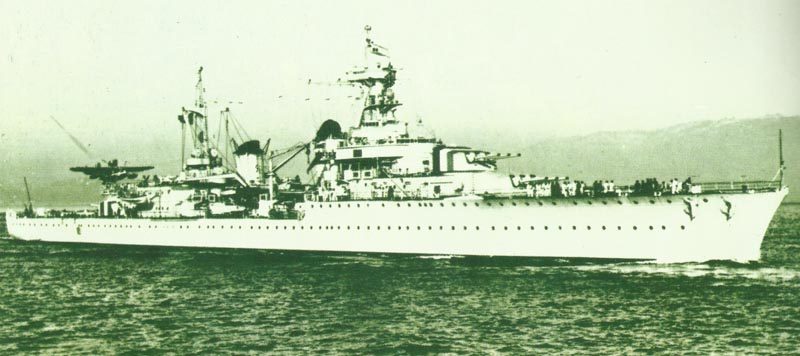
In January 1937 France began a program of modernization and expansion which elevated the French Fleet to fourth largest in the world, although it was considerably smaller than that of her ally, Great Britain.
On 23 August 1939 Navy reservists were called up, anti-aircraft defenses manned, and liaison officers were exchanged with the Royal Navy. By 1 September 1939 the strength of the French Navy was 160,000 personnel of all ranks.
French Navy:
Ship class | Numbers | Ships | Under Construction |
|---|---|---|---|
Battleships | 7 | 2 Courbet, 3 Bretagne, 2 Dunkerque | 4 (Richelieu) |
Aircraft Carriers | 1 | 1 Bearn | 2 |
Heavy Cruisers | 7 | 2 Duquesne, 4 Suffren, Algerie | - |
Light Cruisers | 12 | 3 Duguay Trouin, 1 La Tour D'Auvergne (minelayer), 1 Jeanne D'Arc (training ship), 1 Emile Bertin, 6 La Galissoniere | 3 |
Destroyers | 78 | 6 Chacal, 18 Bison, 6 Le Fantasque, 2 Mogador, 26 Bourrasque, 8 Le Hardi, 12 La Flore | 27 |
Submarines | 81 | 1 Surcouf (submarine cruiser), 9 Requin, 29 Redoutable, 3 Roland Morillot, 6 Saphir, 1 Aurora, 32 Amazone | 38 |
Minesweepers and Gunboats | 56 | 33 old gunboats from World War One, 8 Bougainville, 12 Elan, 3 Chamois | 30 (Chamois) |
The dispositions of the French navy on the outbreak of war was as follows:
Deployment:
Ship class | Mediterranean (Toulon und Mers-el-Kebir, Vice- Admiral Godfroy) | Atlantic (Brest, Vice-Admiral Gensoul) | Bay of Biscay | Chanal | Casablanca | Indo- China |
|---|---|---|---|---|---|---|
Battleships | 3 | - | - | - | - | - |
Battle cruisers | - | 2 | - | - | - |
|
Aircraft Carrier | - | 1 | - | - | - | - |
Seaplane Carrier | 1 | - | - | - | - | - |
Cruisers | 10 | 3 | - | - | - | 2 |
Destroyers | 48 | 10 | 3 | 7 | 2 | 5 |
Submarines | 53 | - | - | - | 4 | 2 |
The early war strength of the Fleet Air Arm (Aeronavale) was four squadrons of dive-bombers, two of seaplanes and one of flying boats. They were all intended to be ship borne, although the employment of the two rather slow carriers on ferrying duties meant that the aircraft had to be shore-based, apart from those planes mounted on capital ship and cruiser catapults.
In 1939, naval aircraft strength was 350 planes.

References and literature
World War II – A Statistical Survey (John Ellis)
Flotten des 2. Weltkrieges (Antony Preston)
The Armed Forces of World War II (Andrew Mollo)


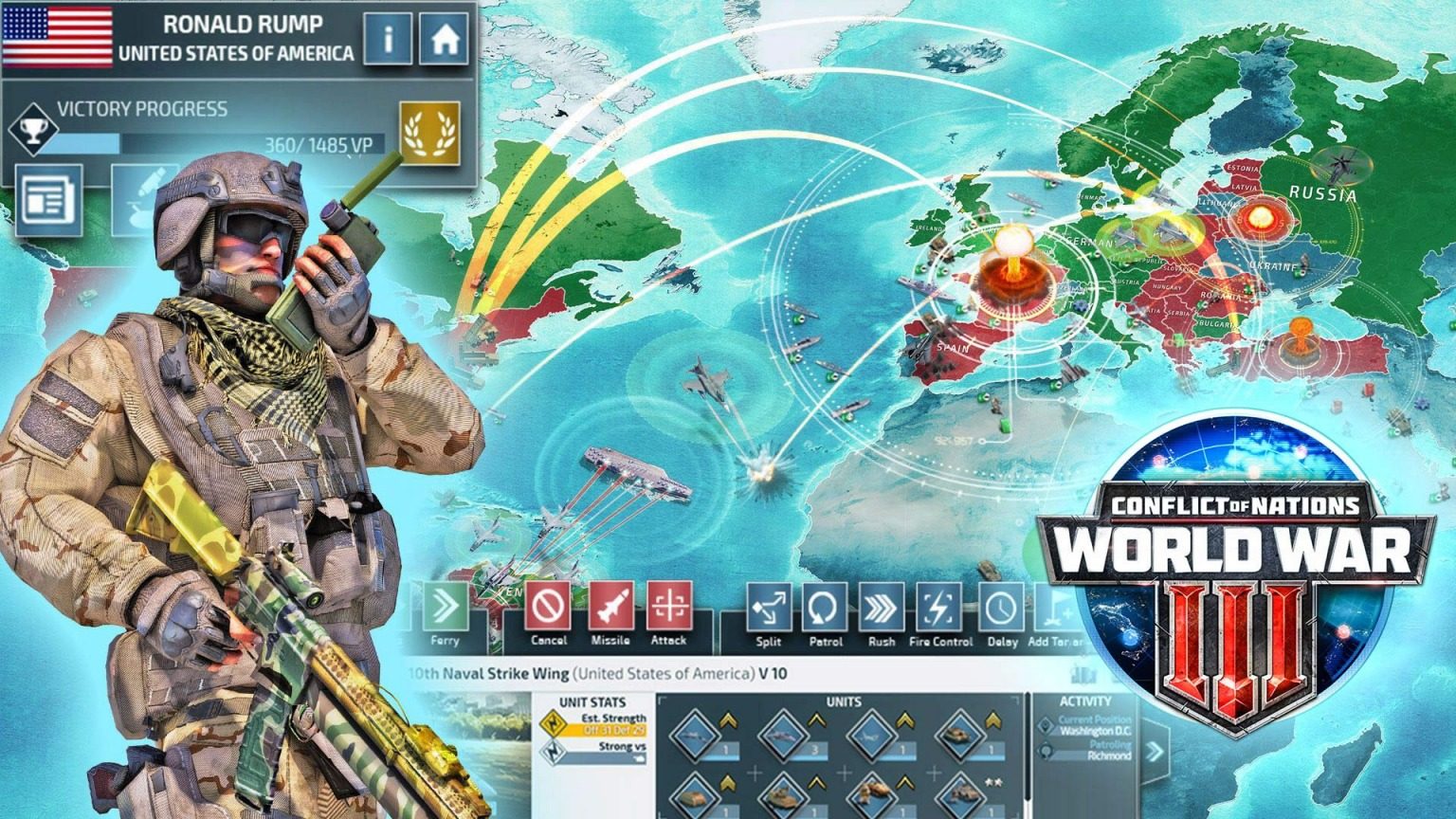
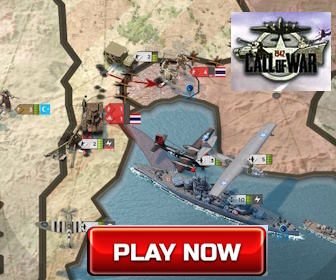
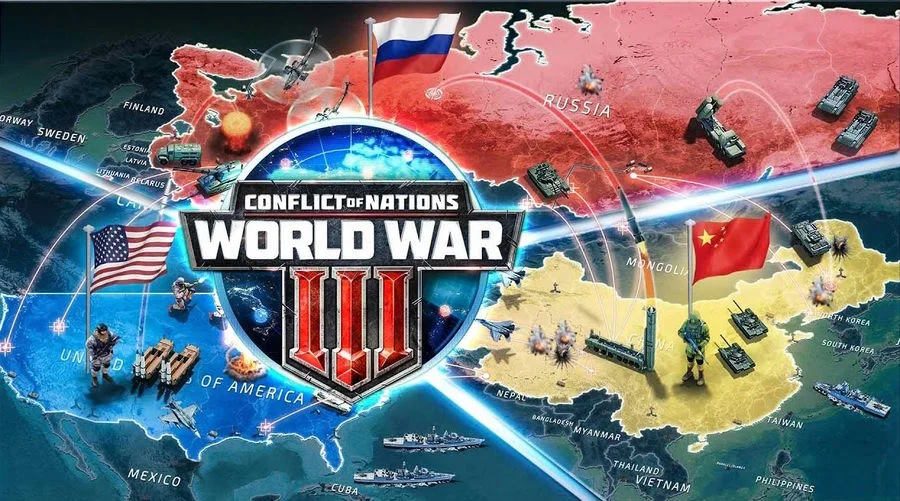
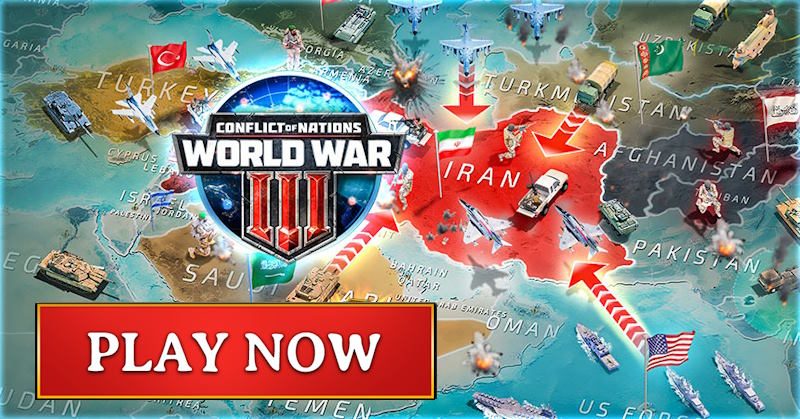
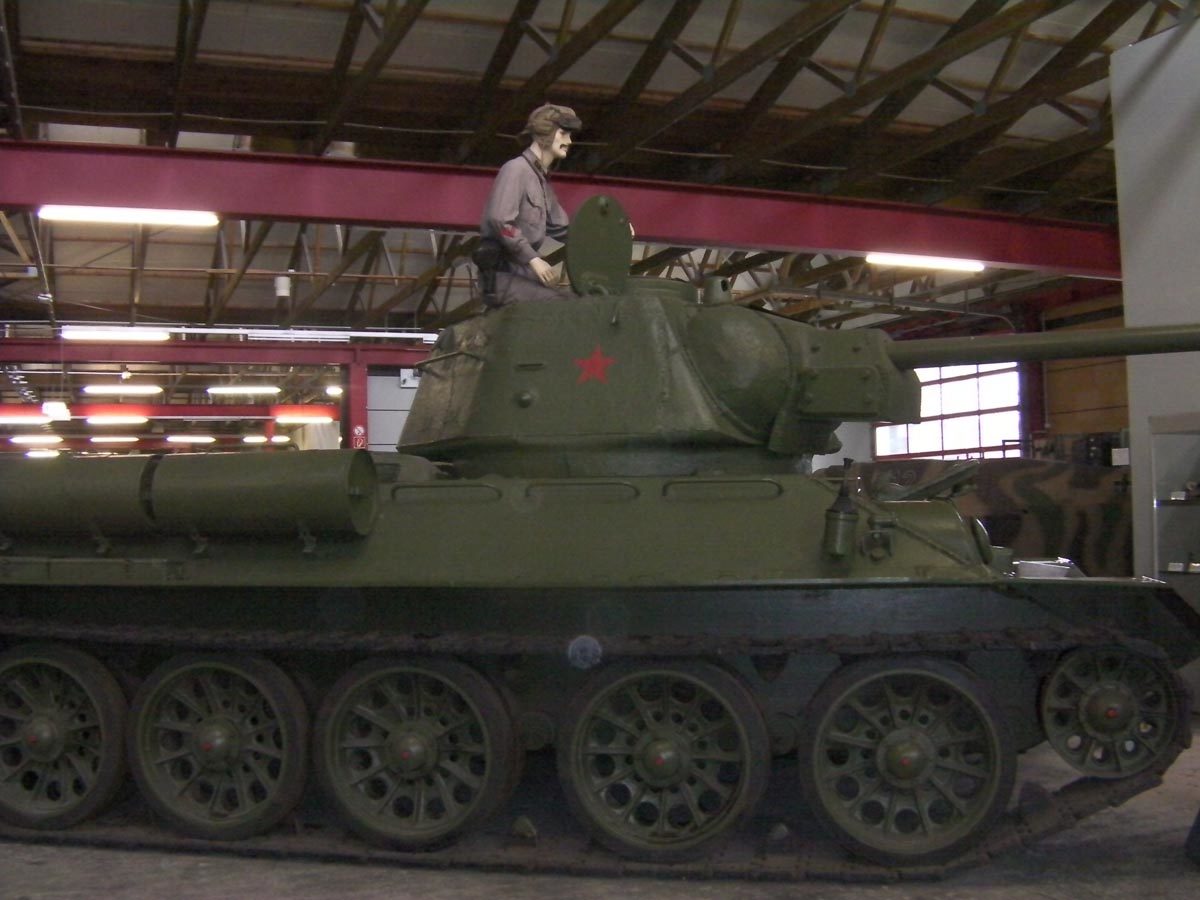

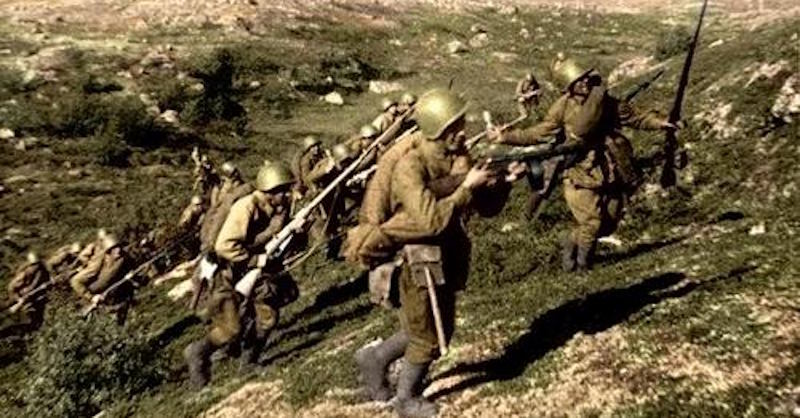
Where is Indian Fleet Reserve Act, 1939?